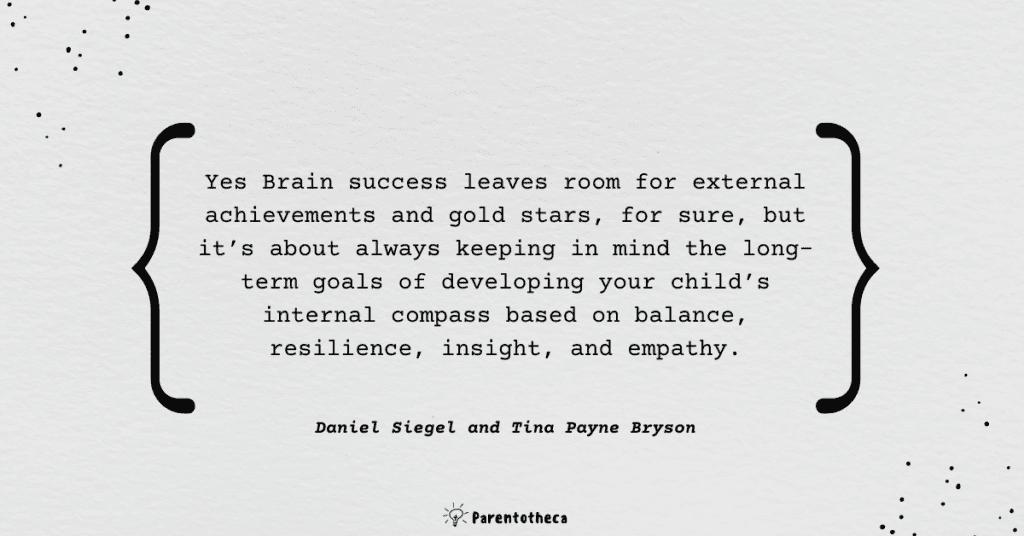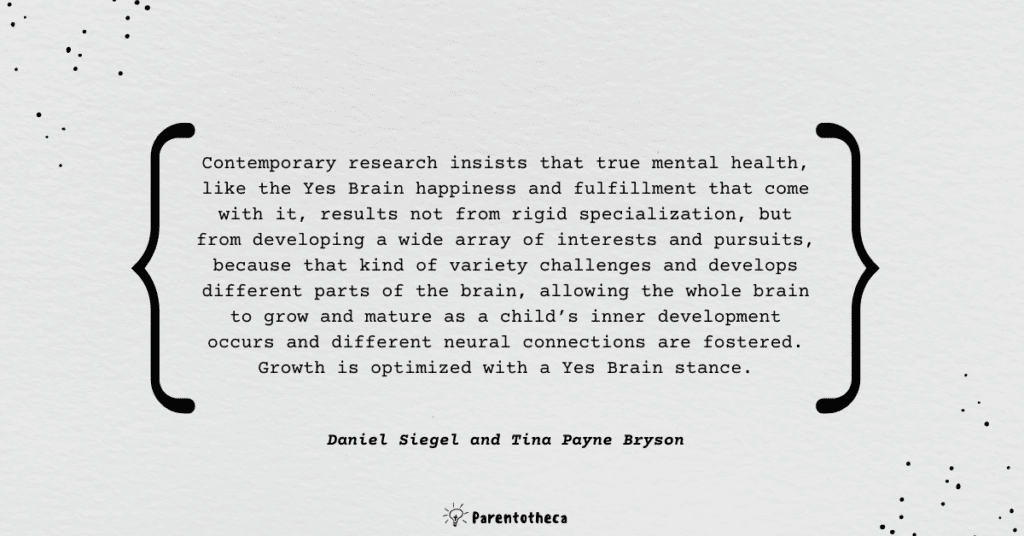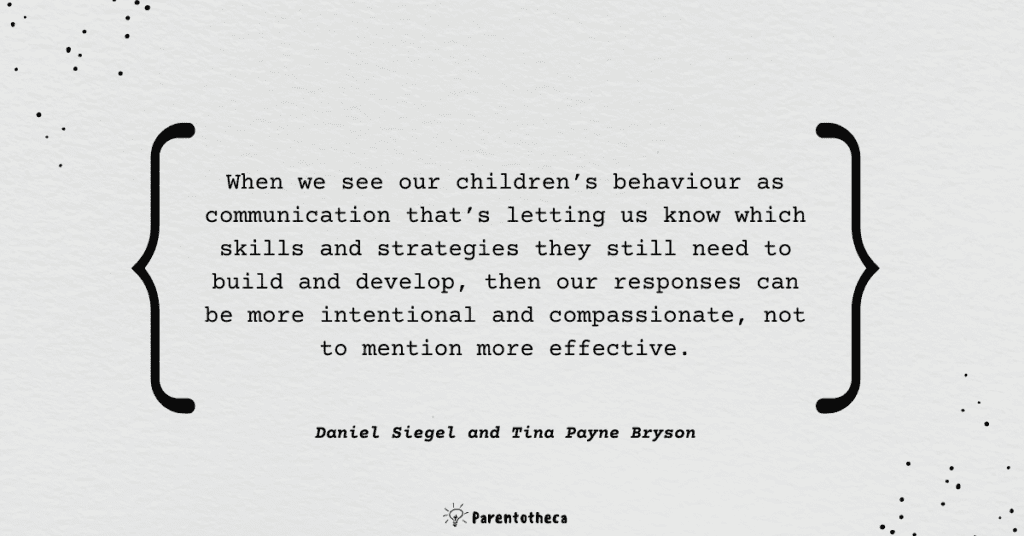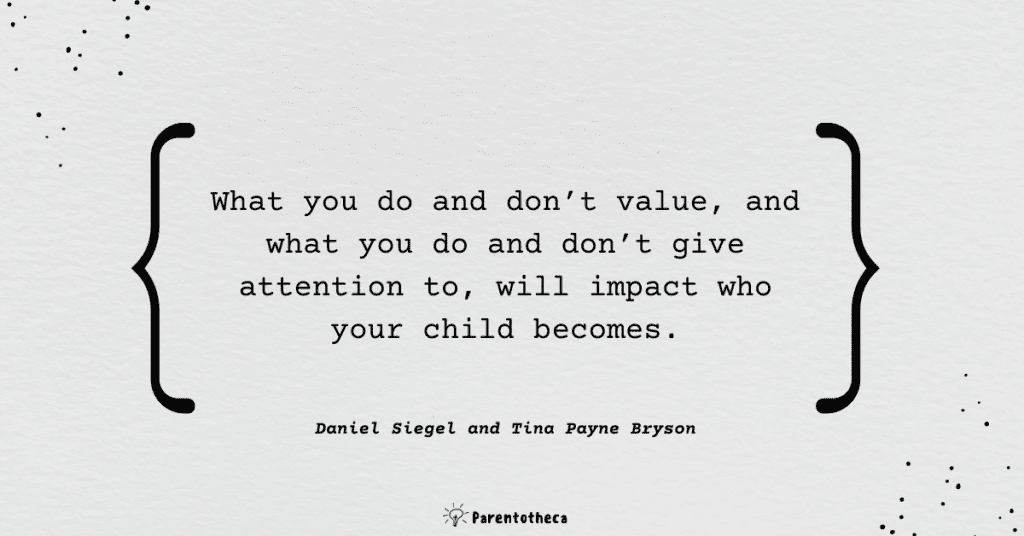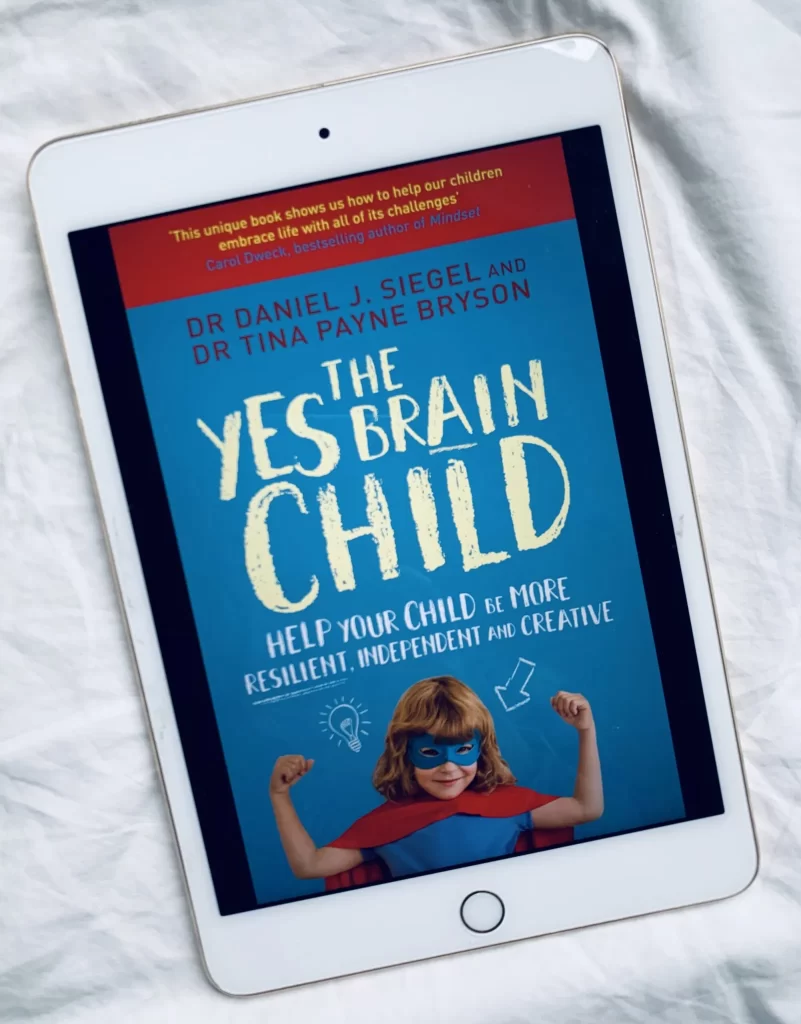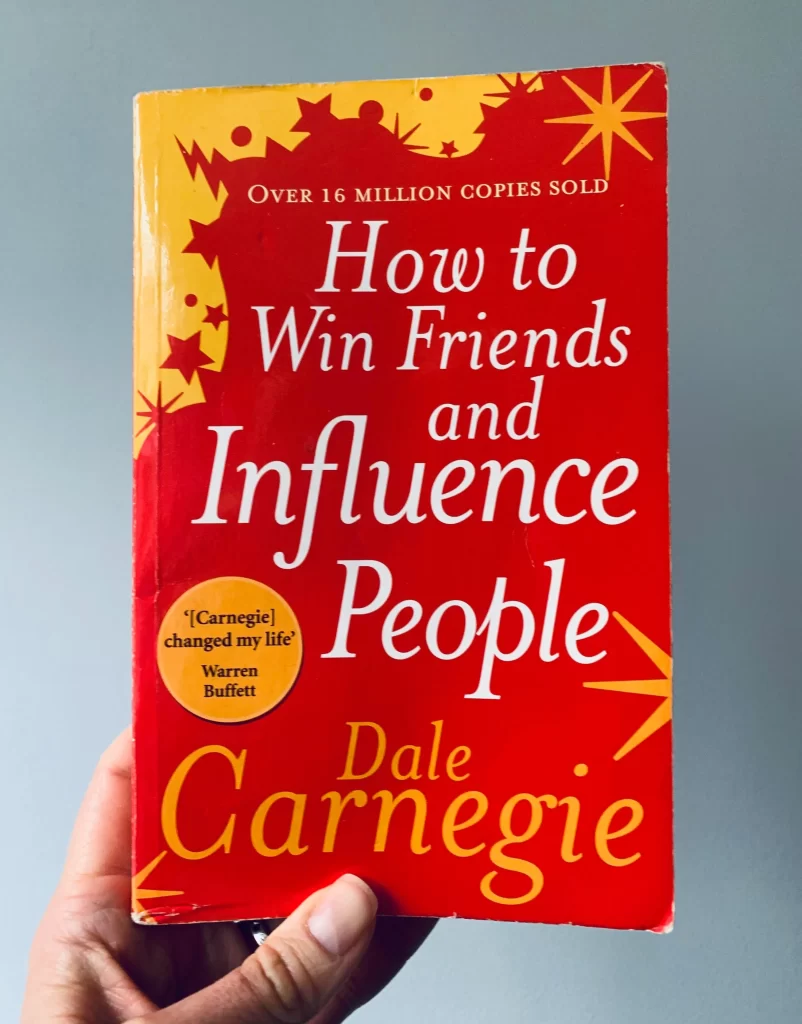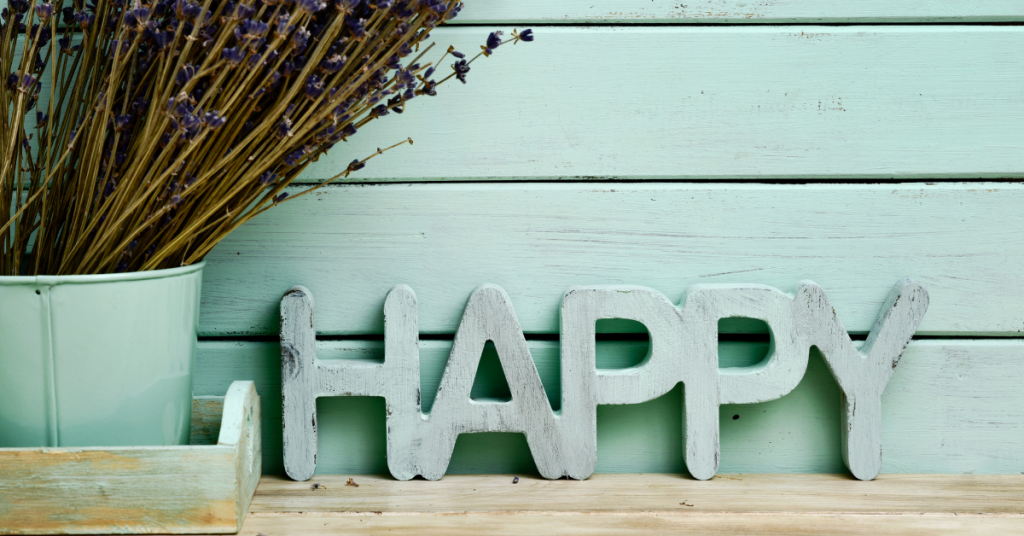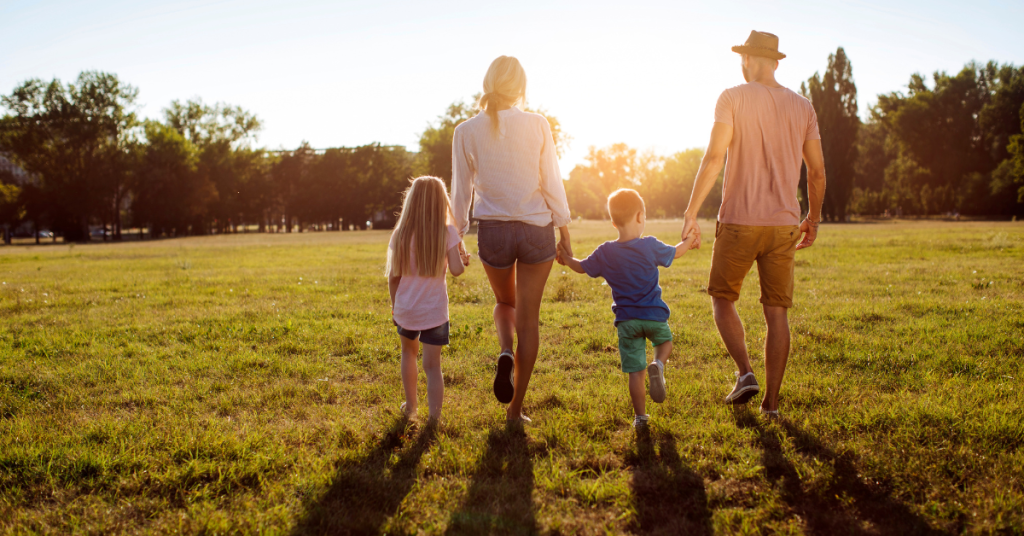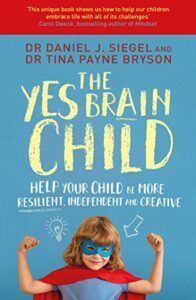 The Yes Brain Child
The Yes Brain Child
Help Your Child be More Resilient, Independent and Creative
Daniel Siegel and Tina Payne Bryson
Simon & Schuster UK (11 Jan. 2018)
About the authors
Daniel J. Siegel, M.D., received his medical degree from Harvard University and is currently a clinical professor of psychiatry at the UCLA School of Medicine and the founding co-director of the Mindful Awareness Research Center at UCLA. An educator, he is a Distinguished Fellow of the American Psychiatric Association and recipient of several honorary fellowships. The executive director of the Mindsight Institute, the medical director of the LifeSpan Learning Institute and on the advisory board of the Blue School in New York City, which has built its curriculum around Siegel’s Mindsight approach. His psychotherapy practice includes children, adolescents, adults, couples, and families.
Tina Payne Bryson, PhD, is the Founder and Executive Director of The Center for Connection, a keynote speaker and a mom of three boys. She conducts workshops for parents, educators, and clinicians worldwide, and she frequently consults with schools, businesses, and other organizations.
About the book:
“This book is about helping kids say yes to the world. It’s about encouraging them to open their minds to new challenges, to new opportunities, to who they already are and all they can become. It’s about giving them a Yes Brain.”
I read Dan’s and Tina’s other book, The Whole-Brain Child, some time ago, and it made a big difference in how I interact with my boys. So I decided to read all their work! And today, I’m happy to share the big ideas from their other fantastic book The Yes Brain Child.
While The Whole-Brain Child teaches us how a child’s brain works and offers age-appropriate strategies for dealing with day-to-day struggles, The Yes Brain Child is a hands-on guide to teaching our kids to approach the world with openness, creativity and boundless curiosity. It’s about how we can help children develop the right mindset and cultivate the traits that let them say “yes” to the world: balance, resilience, insight and empathy. And that doesn’t just give kids better self-control and awareness skills; it also puts them on the path to meaningful and successful lives.
I immensely enjoyed this book and would recommend it to any parent who wants to focus on parenting tools that really make a significant impact on a child’s life. In these notes we’ll cover just a few big ideas, so I definitely recommend to grab a book for more!
As with all Dan’s and Tina’s books, it comes with the handy Fridge Sheet – check it out!
Key insights:
The Yes Brain mindset
“This Yes Brain mindset is what we want for our kids, so that they learn to view obstacles and new experiences not as paralyzing impediments but simply as challenges to be faced and overcome and learned from. When kids work from a Yes Brain mentality, they’re more flexible, more open to compromise, more willing to take chances and explore. They’re more curious and imaginative, less worried about making mistakes. They’re also less rigid and stubborn, which makes them better at relationships and more adaptable and resilient when it comes to handling adversity. They understand themselves and work from a clear internal compass that directs their decisions as well as the way they treat others. Guided by their Yes Brain, they do more, learn more, and become more. They say yes to the world from a place of emotional equilibrium, welcoming all that life offers – even when circumstances don’t go their way.”
Want to raise a happy, resilient and flourishing child? Help him develop The Yes Brain mindset! So…What is it?
Here is an exercise from Dan to put it in perspective: close your eyes and say “No” seven times – pay attention to your bodily and emotional responses. And now, start saying “yes!” and notice how the sensations change. This will give an overview of the whole concept of the Yes Brain.
In a nutshell, when we operate from the Yes Brain mindset, we feel more calm and receptive. Our social engagement system gets activated so we can connect openly with others and also with our inner experience. As a result, we feel much more confident and capable of addressing life’s challenges, thinking clearly and also opening ourselves to learning new information. Most important, the Yes Brain mindset helps us develop an internal compass and live with purpose.
In contrast, when we operate from the No Brain perspective, we feel defensive and reactive when interacting with others. It’s hard for us to listen, make good decisions, or connect with care for another person. It triggers our fight-or-flight response, so all our energy is wasted on dealing with stress.
So helping your children develop the Yes Brain is about teaching them a growth mindset and essential life skills while nurturing their brain development and integration. And in this book, Dan and Tina share with us the tools we can teach our kids so they can spend as much time as possible in the “calm, alert and learning” state. So they can flourish in life! And, of course, adults do benefit from the Yes Brain Mindset as well, so definitely start with yourself.
Let’s now explore the fundamentals of the four fundamentals of the Yes Brain Mindset.
4 Fundamentals of the Yes Brain
So where do we start with the Yes Brain development? Dan and Tina suggest focusing our attention on four characteristics:
1. Balance: “the ability to manage emotions and behaviour, so kids are less likely to flip their lids and lose control.” That’s technically a self-regulation skill – our ability to come back to the green zone (in the book, authors refer to the Porges’ polyvagal theory – check out our notes on Beyond Behaviours by Mona Delahooke and Help your Child Deal With Stress – And Thrive by Stewart Shanker for more). Two main strategies for that are: (1) provide enough sleep for a child (as simple as that), and (2) serve a healthy mind platter (more on that below);
2. Resilience: “the ability to bounce back when life’s inevitable problems and struggles arise.” A super important skill for a growth mindset. While balance is, in a way, a short-term goal (to get into a green zone NOW), resilience is a long-term goal and is all about expanding the green zone. We build resilience in our kids through discipline (teaching necessary skills they are lacking to behave differently), mindfulness (teaching kids Mindsight), and building a strong, loving relationship with them (helping them feel Safe, Seen, Soothed and Secure);
3. Insight: “the ability to look within and understand themselves, then use what they learn to make good decisions and be more in control of their lives.” That’s, in a way, perspective-taking and critical thinking – essential executive skills for thriving in life. Two main strategies here are: (1) Reframe pain – ask a child, “What struggle do you prefer?” and (2) Avoid the red volcano eruption – teach a child to pause before responding;
4. Empathy: “the ability to understand the perspective of another, then care enough to take action to make things better when appropriate.” That’s about taking the perspective of another person AND caring enough to take action to make things better. 3 strategies to promote empathy in kids: (1) Hone the empathy radar – activate child’s social engagement system, (2) Teach a child vocabulary that communicates care, and (3) Increase kids’ awareness of people outside their most intimate connection.
As you can see, the Yes Brain mindset is all about cultivating skills for future success. If you are committed to helping your child develop skills that will help them flourish, we recommend checking out our notes on How Children Succeed by Paul Tough, Mind in the Making by Ellen Galinsky, The Optimistic Child by Martin Seligman and Emotional Intelligence by Daniel Goleman.
Our kids are precious, but they are not fragile.
“When we bubble-wrap our children and protect them from any discomfort, distress, or potential challenge, we actually make them more fragile, leaving them less capable of achieving balance on their own. We explicitly and inadvertently communicate to them, ‘I don’t think you can handle this, and you need me to shelter you or do it for you.’ In so doing, we deny them the privilege of the practice of feeling, sitting in discomfort, and persevering, then finding their way out and seeing that they are strong and resourceful.”
That’s the truth every parent should absorb: no pressure, no diamonds. Failures, mistakes and bad feelings are essential for thriving. Of course, here you need to find the sweet spot. Otherwise, stress may become toxic.
That also resonates a lot with William Stixrud’s and Ned Johnson’s ideas in The Thriving Child:
“Let us make one clear thing: we don’t think it’s possible to protect kids from all stressful experiences, nor would we want to. In fact, when kids are constantly shielded from circumstances that make them anxious, it tends to make their anxiety worse. We want them to learn how to deal successfully with stressful situations – to have high stress tolerance. That’s how they develop resilience. If a child feels like he’s in control in a stressful situation, then in later situations when he might actually not be in control, his brain will be equipped to handle that stress better. He is, in effect, immunised.”
Focus on building resilience and help your kids get immunised to stress. Wonder what would happen if we bubble-wrap kids? Check out our notes on How to Raise an Adult, where Julie Lycott-Heims talks about helicopter parenting and its consequences.
We also really like this big idea:
“Remember, our job as parents is not to rescue our kids from hard things and uncomfortable feelings. Our job is to walk with them through their difficult moments with connection and empathy, allowing them to feel, to be active participants in problem-solving, and to discover the depth of their own capacity. It’s out of our deep love for our children that we want to protect them, but their capacity will be greater if we allow that love to lead us to our own courage, so that we can feel strong enough to let them discover their own strength.”
It’s easier to say than do but worth trying. We wrote a couple of posts on how we apply strategies from another Dan’s and Tina’s brilliant book, The Whole-Brain Child – check them out if you are interested.
P.S.: Jordan Peterson’s rule 11 from his great book 12 Rules for Life comes to my mind: Do not bother children when they are skateboarding. We LOVE Peterson’s honest perspective on how bubble-wrapping kids harm them in the long run. Check it out.
Healthy mind platter
Everybody knows the healthy food platter that guides us on what to eat to maintain optimal physical health (e.g. The EatWell Guide). But did you know that there is also a Healthy Mind Platter that is essential for our mental health? Based on the most advanced neuroscience research, Dan Siegel argues that a healthy mind emerges from a process called “integration” (more on that in our notes on his and Tina’s other bestseller, The Whole-Brain Child) and outlines seven essential activities necessary for the optimum mental health:
“Focus time: When we closely focus on tasks in a goal-oriented way, we take on challenges that make deep connections in the brain.
Play time: When we allow ourselves to be spontaneous or creative, playfully enjoying novel experiences, we help make new connections in the brain.
Connecting time: When we connect with other people, ideally in person, and when we take time to appreciate our connection to the natural world around us, we activate and reinforce the brain’s relational circuitry.
Physical time: When we move our bodies, aerobically if medically possible, we strengthen the brain in many ways.
Time-in: When we quietly reflect internally, focusing on sensations, images, feelings, and thoughts, we help to better integrate the brain.
Down time: When we are non-focused, without any specific goal, and let our mind wander or simply relax, we help the brain recharge.
Sleep time: When we give the brain the rest it needs, we consolidate learning and recover from the experiences of the day.”
So one of the best things you can do as a parent to strengthen your child’s mind and promote mental and emotional balance is to serve a healthy mind platter. In this case, we give him an opportunity to develop the brain in various ways.
And, of course, make sure you are taking care of your very own balance as well (win-win here)!
Question for you – how is your child’s healthy mind platter doing? Any improvements needed?
P.S.: notice that play is crucial for mental health – make sure your child has enough FREE play.
Empathy diamond
“We like to talk about the ‘empathy diamond,’ which represents the five facets of empathy and the many different ways we can care for others and respond to their pain:
Perspective taking: Seeing the world through the eyes of another
Emotional resonance: Feeling the feelings of another
Cognitive empathy: Understanding, or intellectually getting, another’s overall experience
Compassionate empathy: Sensing suffering and wanting to reduce it
Empathic joy: Experiencing delight with the happiness, achievements, and wellbeing of another.”
I really liked how Dan and Tina approached empathy in the book! We want to teach kids not only to understand how others feel but, at the same time, to care enough to take ACTIONS to make things better. For example, feeling sorry for a friend who just dropped his ice cream and understanding that he feels really upset is just one part of the empathy equation. Sharing your very own ice cream or getting him a new one – that’s what empathy mastery means.
One of the empathy-building strategies authors offer in the book is “Establishing a language of empathy”. To me, it resonated a lot with Marshall Rosenberg’s ideas in Nonviolent Communication – I cannot recommend this book enough to every parent, educator and just to anyone who interacts with people ☺
Rethinking success
“When you think about what success in life means for your kids, what do you have in mind? We’ve argued throughout the book for what we can call Yes Brain success, based on helping our children stay true to who they are while guiding them as they build skills and abilities that allow them to interact with the world from a place of balance, resilience, insight and empathy. This authentic success occurs when kids develop an open and receptive approach to their experiences, so that they welcome new opportunities and challenges, prize curiosity and adventure, and come out on the other side of adversity with a fuller understanding of themselves, their strengths, and their passions.”
In short, authentic, Yes Brain success is about living a life of eudaimonia.
Now. Every parent wants their child to be happy and successful. The trick here is that too often we measure success “from the outside”: e.g. golden stars, good grades, athletic accomplishments, university rank, etc. In the book, Dan and Tina argue that authentic success can’t be measured only in achievements and accomplishments (too much focus on it results in compromising following your bliss for the sake of pleasing others).
What we want to do is to help kids develop a wholesome sense of direction and live a meaningful life so their motivation to achieve great things comes from within. EUDAIMONIA!
“That’s where eudaimonia and real success lie: in giving your kids the chance to know who they are, and to follow their desires and passions so they can live rich, full lives. Help them develop the ability to live with balance, to face adversity with resilience, to understand themselves and to care for others. Balance. Resilience. Insight. Empathy. These are the attributes made possible by cultivating a Yes Brain. If you can support the development of these capacities in your kids, you’ll be guiding them as they journey toward authentic success.”
This resonates a lot with William Damon’s idea in his brilliant book The Path To Purpose:
“I am entirely confident in asserting that the urgent project for parents today, in this world of increasing economic, cultural, and social uncertainty, is to help their children gain a wholesome sense of direction that will carry them through the minefields of drift, confusion, apathy, anxiety, fear, and self-absorption that threaten their generation. I am also convinced that the key to this sense of direction is finding a life purpose. While a parent cannot simply give a purpose to a child, and indeed any too forceful or controlling effort to do so is likely to have adverse repercussions, nonetheless there is much that a parent can do.”
So question for you – are you stoking your child’s inner fire? How can you be better at it?
Action steps for you:
- Serve a healthy mind platter to your kids – balance the family’s schedule to ensure every basic need is met.
- Focus on building connection with your children. Shower them with the Four S’s—help them feel Safe, Seen, Soothed, and Secure.
- Help your children develop their inner compass – support them in discovering who they are and who they want to be, help them to develop passions and interests, and appreciate who they are rather than what they do.
Quotes from the book:
